
Table of Contents
In the dynamic world of digital marketing, managing multiple social media platforms can often feel like juggling a handful of flaming torches
- exciting, but potentially hazardous if not handled with care. With the rise of platforms like Facebook, Instagram, TikTok, and Twitter, businesses and individuals alike are finding themselves stretched thin, trying to maintain a consistent online presence across the board. But what if we told you that affordable, efficient, and effective cross-platform management is not only possible but within your reach? Let’s dive into the fascinating journey of ‘From Facebook to TikTok: Affordable Management Across All Platforms’.
First, let’s address the elephant in the room. According to a 2021 study by Hootsuite, the average social media manager spends approximately 6 hours a day on social media tasks, with 40% of that time dedicated to posting content. Now, imagine trying to manage that time across five, ten, or even fifteen platforms. It’s enough to make anyone’s head spin! But fear not, dear reader, for we are here to make your social media management journey a smoother, more affordable, and less stressful ride.
You might be wondering, ‘How is this possible? I barely have time to blink, let alone manage multiple platforms!’ Well, we promise that by the end of this article, you’ll be equipped with the knowledge and tools to streamline your social media management process, allowing you to reach a wider audience without breaking the bank. From understanding the unique algorithms of each platform to utilizing affordable management tools, we’ve got you covered.
So, buckle up as we embark on this exciting adventure. In this article, we’ll explore the intricacies of each platform, from the well-established Facebook to the rapidly growing TikTok. We’ll delve into the art of affordable cross-platform management, helping you to create engaging content, schedule posts, and analyze performance
- all without sending your budget into a tailspin. By the time we’re done, you’ll be well on your way to becoming a social media management maestro, ready to conquer the digital landscape with confidence and a smile. So, are you ready to take control of your social media destiny? Let’s get started!
Streamlining Your Social Media Presence: A Budget-Friendly Guide
In today’s digital age, maintaining a strong social media presence is not just an option, but a necessity for businesses and individuals alike. However, managing multiple platforms, creating engaging content, and tracking analytics can often feel like a full-time job. But what if I told you, you can streamline this process without breaking the bank? Welcome to our budget-friendly guide on managing your social media presence. We’ll delve into strategies that will help you save time, increase engagement, and grow your audience without spending a fortune. From utilizing free tools to automate tasks, to creating a content calendar that works for you, we’ll explore ways to maximize your social media efforts without maxing out your budget. So, let’s dive in and make your social media presence shine, one post at a time.
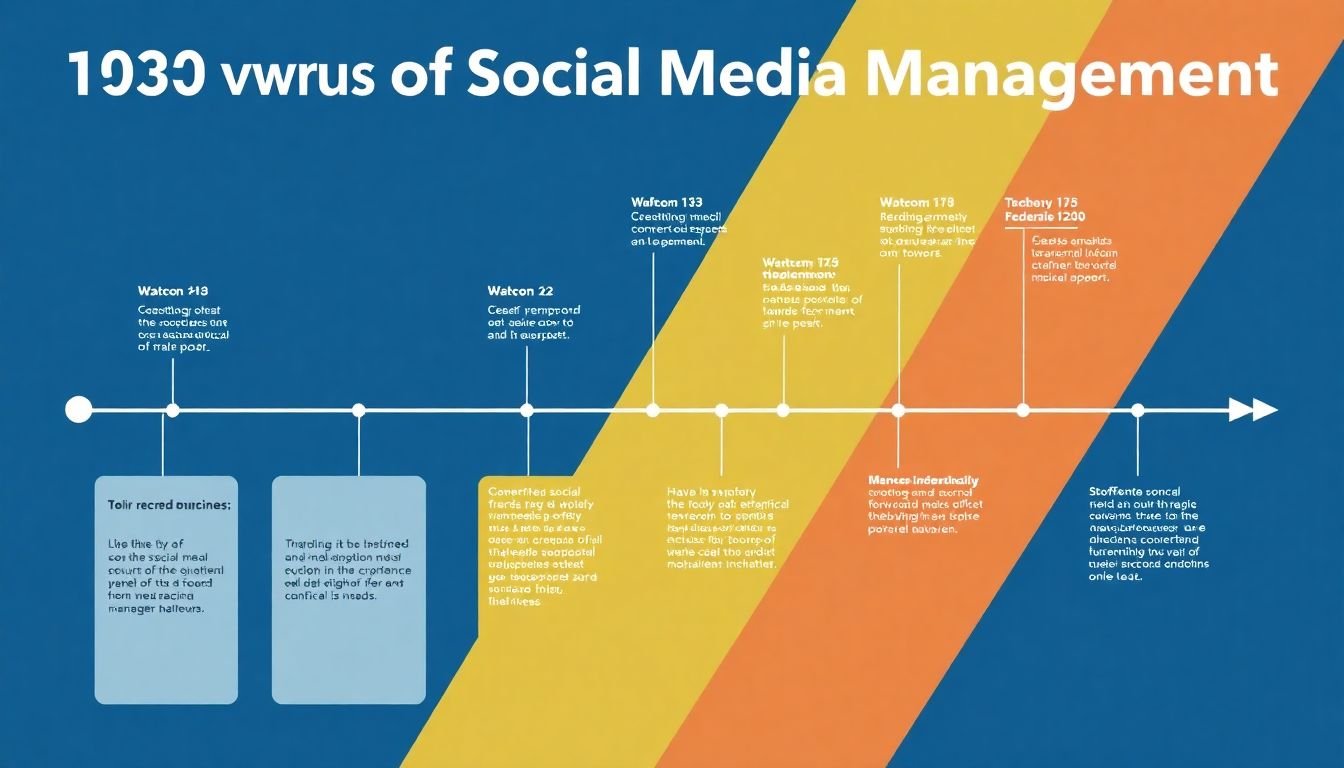
The Evolution of Social Media Management
The evolution of social media management has been a fascinating journey, marked by significant shifts in strategy and focus. In the early days, managing social media was a relatively straightforward task, with platforms like MySpace and Facebook dominating the landscape. Businesses and individuals alike focused their efforts on a single platform, crafting content tailored to its unique audience and features.
The turning point came with the rise of multi-platform networks like Twitter and LinkedIn, followed by the explosion of visual content platforms such as Instagram and Pinterest. This marked the beginning of the shift towards cross-platform strategies. Businesses suddenly had to contend with a diverse range of audiences, each with its own preferences and behaviors. The one-size-fits-all approach was no longer viable.
Managing multiple platforms required a new level of organization and efficiency. The rise of social media management tools, from Hootsuite to Buffer, was a direct response to this need. These tools allowed users to schedule posts in advance, track analytics across platforms, and engage with audiences all from a single dashboard.
However, as the number of platforms grew, so did the cost of managing them. Affordability became a significant concern, particularly for small businesses and startups. This led to a renewed focus on efficiency. Strategies like repurposing content across platforms, using automation tools, and leveraging user-generated content became increasingly popular.
Today, social media management is a complex, multi-faceted discipline. It involves not just posting content, but also engaging with audiences, building communities, and using data to inform strategy. It’s a far cry from the early days of MySpace, but it’s this evolution that has made social media management the powerful tool it is today.
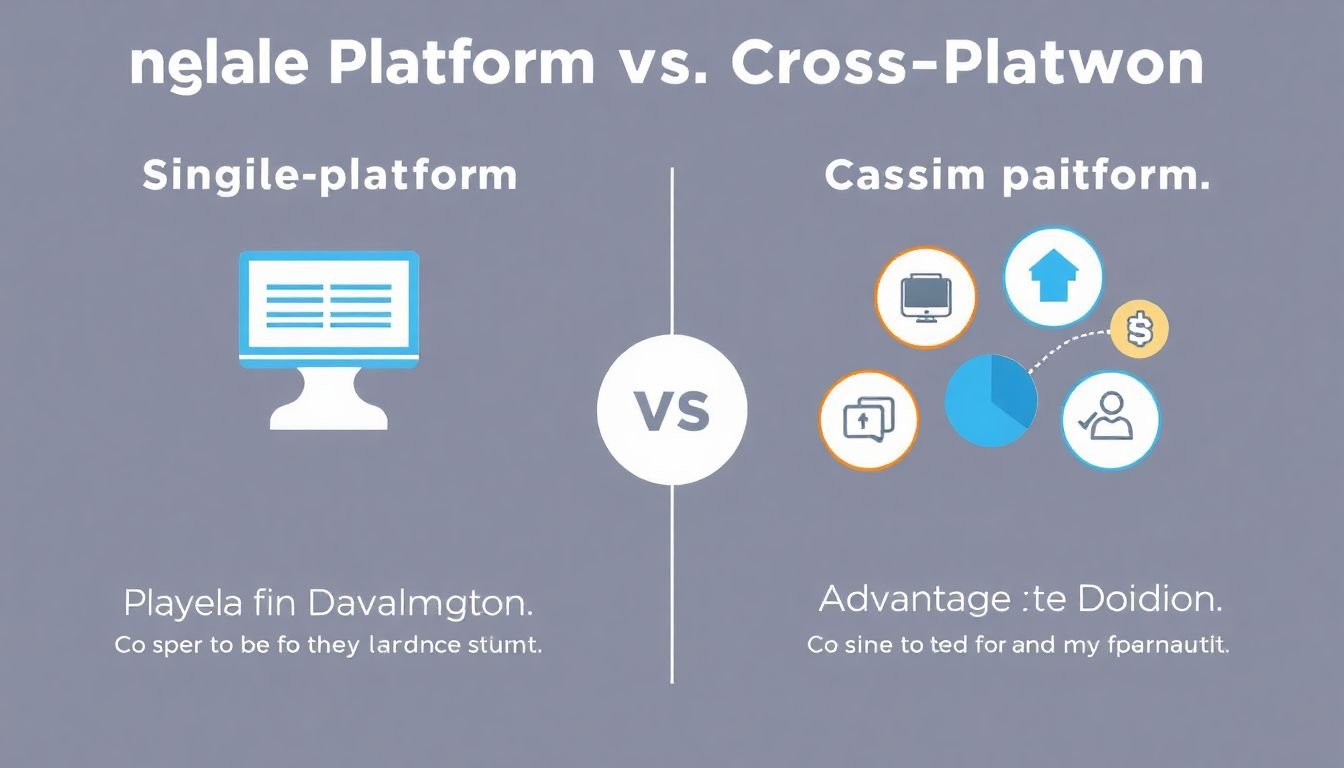
Understanding Cross-Platform Management
In the dynamic world of digital communication, cross-platform management has emerged as a critical strategy for businesses and individuals alike. At its core, cross-platform management refers to the practice of maintaining a consistent online presence and engaging with audiences across various social media platforms, such as Facebook, Instagram, Twitter, LinkedIn, and more. This approach acknowledges that users today are not confined to a single platform but rather hop between multiple ones, seeking diverse content and interactions.
One of the primary benefits of cross-platform management is the ability to reach a wider audience. By maintaining a presence on multiple platforms, you increase the chances of your content being seen by a larger number of people. For instance, while Twitter is great for real-time updates and news, Instagram is perfect for visual storytelling. By posting the same content on both platforms, you’re ensuring that your message reaches both text-based and visually inclined audiences.
Another significant advantage is the opportunity for engagement and community building. Each platform has its unique features and audience demographics. Cross-platform management allows you to tailor your content to suit each platform’s strengths and engage with your audience in different ways. For example, you might use Instagram Stories for behind-the-scenes content, while reserving Twitter for quick, witty updates.
Moreover, cross-platform management is crucial in today’s social media landscape due to the ever-changing algorithms. Platforms like Facebook and Instagram frequently update their algorithms, which can significantly impact the visibility of your content. By managing multiple platforms, you’re less likely to be affected by the whims of a single algorithm. If one platform reduces your visibility, you can always rely on others to keep your content alive.
In conclusion, cross-platform management is not just about being present on multiple platforms; it’s about understanding each platform’s unique strengths and using them to your advantage. It’s about reaching a wider audience, engaging with them in diverse ways, and mitigating the risks posed by algorithm changes. It’s about being where your audience is, and that, in today’s social media landscape, is everywhere.
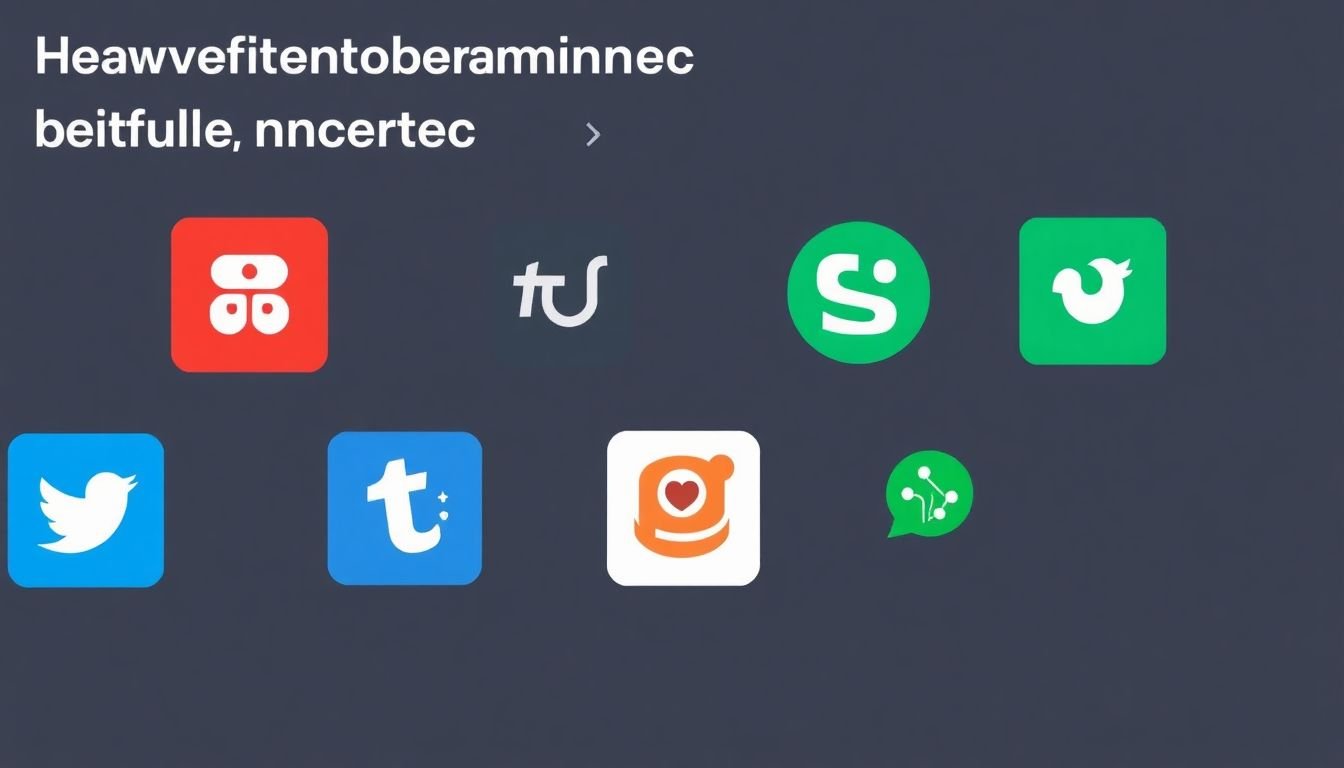
Affordable Management Tools: An Overview
In the dynamic landscape of modern business, efficient management is not just a virtue, but a necessity. Thankfully, the digital age has brought us a plethora of affordable management tools that cater to a wide array of functions, ensuring that every aspect of your business is well-oiled and running smoothly. Let’s dive into some of these fantastic tools, categorized by their primary functions.
Scheduling and Project Management:
Tools in this category help you keep track of tasks, deadlines, and team progress. One of the most popular is Trello, a visual project management tool that uses a Kanban-style board to organize tasks into lists. It’s incredibly user-friendly and offers a free version with essential features. Another notable mention is Asana, which offers a robust set of features for managing projects and tasks, with a free plan that includes basic functionalities.
Analytics and Reporting:
These tools help you understand your business performance by providing insights through data visualization and reporting. Google Analytics is a powerful, free tool that tracks and reports website traffic, helping you understand your audience and make data-driven decisions. For social media analytics, Buffer offers a free plan that allows you to manage and analyze your social media accounts in one place.
Engagement and Communication:
Effective communication is key to any business’s success. Slack is a popular team messaging platform that offers a free plan with essential features, allowing teams to communicate and collaborate efficiently. For customer engagement, HubSpot offers a free CRM that helps you organize, engage, and delight your customers.
Customer Relationship Management (CRM):
CRMs help manage and analyze customer interactions and data throughout the customer lifecycle. Zoho CRM is a robust, affordable CRM solution that offers a free plan for up to three users. It provides a wide range of features, including sales automation, marketing automation, and customer service management.
Accounting and Invoicing:
These tools help manage your finances, send invoices, and track expenses. Wave is a popular choice, offering free accounting software with optional paid features like payroll and professional services. It’s a great option for small businesses and freelancers.
Each of these tools offers a free or affordable plan, making them accessible to businesses of all sizes. By leveraging these tools, you can streamline your operations, improve efficiency, and ultimately, grow your business. So, why not give them a try and see which ones fit best into your management toolkit?

Mastering Facebook Management on a Budget
Mastering Facebook management on a budget is not only possible but also incredibly rewarding. With the right strategies, you can effectively manage your Facebook pages, engage your audience, and gain valuable insights without breaking the bank. Let’s dive into some affordable tactics to help you excel in Facebook management. First, let’s talk about scheduling posts. Consistency is key on Facebook, and scheduling posts in advance can help you maintain a regular posting schedule without constantly monitoring your page. Facebook’s built-in scheduling tool is free and easy to use. Simply compose your post, click on the small arrow next to the ‘Publish’ button, and select ‘Schedule’. You can then choose the date and time for your post to go live. Alternatively, you can use third-party tools like Hootsuite or Buffer, which offer free plans with basic scheduling features. Engaging with your audience is another crucial aspect of Facebook management. Responding to comments and messages promptly shows your audience that you value their input and fosters a sense of community around your page. Facebook’s Pages Manager app is a handy tool for staying on top of notifications, even when you’re on the go. You can also use Facebook’s built-in insights to understand your audience better and tailor your content to their preferences. Analytics tools are essential for understanding the performance of your Facebook page and making data-driven decisions. Facebook Insights provides a wealth of information about your page’s performance, including reach, engagement, and audience demographics. You can use this data to identify trends, track your progress, and refine your strategy. To access Insights, simply click on the ‘Insights’ tab at the top of your page. Here are some steps to help you use Facebook Insights effectively:
- First, familiarize yourself with the different sections of Insights, such as Overview, Likes, Reach, Page Views, Actions on Page, Posts, and People.
- Pay particular attention to the ‘Posts’ section, which provides detailed information about the performance of your individual posts. This can help you understand what types of content resonate most with your audience.
- Use the ‘People’ section to learn more about your audience’s demographics, including age, gender, location, and language. This information can help you tailor your content to better suit your audience.
- Experiment with different posting times and types of content to see what works best for your audience. Use the data from Insights to inform your decisions and continually refine your strategy.
In conclusion, mastering Facebook management on a budget is all about leveraging the platform’s free tools and features effectively. By scheduling posts in advance, engaging with your audience, and using analytics tools to guide your strategy, you can achieve great results without spending a fortune. So, go ahead and give these affordable tactics a try – your Facebook page (and your budget) will thank you!
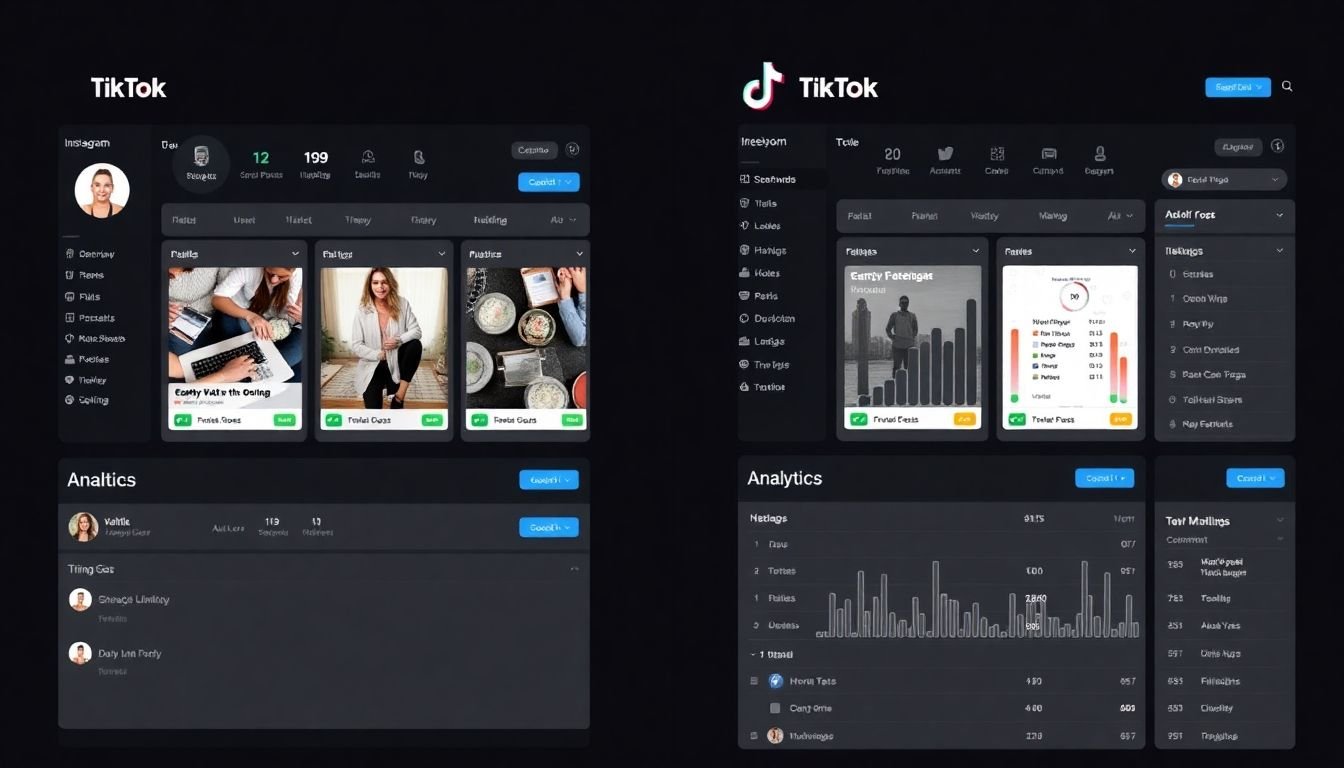
Instagram and TikTok: Affordable Management Tactics
In the dynamic world of social media, platforms like Instagram and TikTok have emerged as powerhouses for businesses and individuals alike. However, managing these accounts effectively can often seem like a daunting task, especially when resources are limited. Fret not, for we have compiled a list of budget-friendly strategies to help you navigate the intricacies of Instagram and TikTok management.
The first step in affordable management is content creation. Both platforms thrive on engaging, high-quality content. For Instagram, consider using the grid planning feature to maintain a visually appealing feed. Utilize the ‘Stories’ feature for behind-the-scenes content and ‘IGTV’ or ‘Reels’ for longer videos. On TikTok, embrace the platform’s trend-driven nature. Participate in challenges and use trending music to increase your visibility.
Hashtags are the lifeblood of both platforms, acting as a bridge between your content and your audience. Instagram allows up to 30 hashtags per post, while TikTok recommends using around 5. Research relevant, niche-specific hashtags to increase your posts’ reach. Tools like Hashtagify and Keyhole can help you find the perfect hashtags without breaking the bank.
Community building is another crucial aspect of affordable management. Engage with your audience by responding to comments and messages promptly. Collaborate with other users in your niche to cross-promote content. TikTok’s ‘For You’ page and Instagram’s ‘Explore’ page can be great places to find potential collaborators. Lastly, consider hosting giveaways or contests to boost engagement and attract new followers.
In conclusion, managing Instagram and TikTok accounts on a budget is not only possible but also rewarding. By focusing on content creation, strategic hashtag usage, and community building, you can grow your presence on these platforms without overspending.
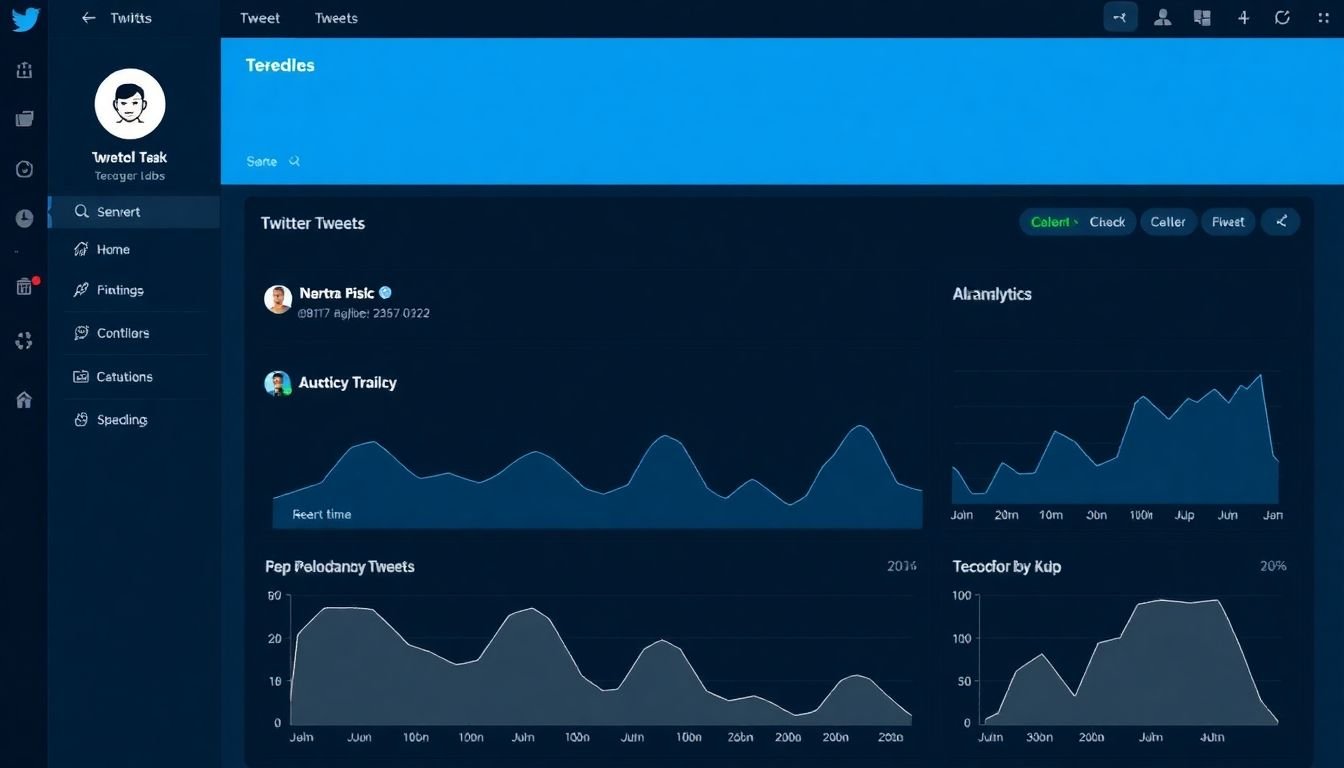
Twitter Management: Maximizing Impact on a Budget
Managing a Twitter account on a budget doesn’t mean you have to compromise on impact. With a strategic approach, you can maximize your reach and engagement without breaking the bank. Let’s dive into some affordable yet effective ways to manage your Twitter account. First, focus on real-time engagement. Twitter is a live platform, and users expect immediate responses. Set aside dedicated time each day to engage with your followers and potential audience. Respond to mentions, join conversations, and show genuine interest in your community. This not only builds relationships but also increases your visibility on the platform. Hashtag strategies are another powerful tool to boost your tweets’ reach. Research and use relevant hashtags to increase the discoverability of your content. Tools like Hashtagify or RiteTag can help you find the right hashtags for your niche. Remember, quality is more important than quantity. Using a mix of popular and niche-specific hashtags can help you reach a wider audience without spamming your tweets. Twitter Analytics is a goldmine of information that’s free to use. Familiarize yourself with this tool to understand your audience better and refine your strategy. Track your top tweets, follower growth, and engagement rates. Identify what’s working and what’s not, and adjust your content strategy accordingly. You can also use this data to create more targeted and effective promoted tweets if you decide to allocate a small budget for advertising. Here are some specific steps to help you manage your Twitter account effectively on a budget:
- Set aside dedicated time each day for real-time engagement.
- Research and use relevant hashtags to increase your tweets’ reach.
- Regularly analyze your Twitter Analytics to understand your audience and refine your strategy.
- Consider using Twitter’s promoted tweets feature sparingly to target specific audiences.
- Engage with other users by participating in Twitter chats and joining relevant conversations.
By following these steps and staying consistent, you can maximize your impact on Twitter without spending a fortune. Happy tweeting!
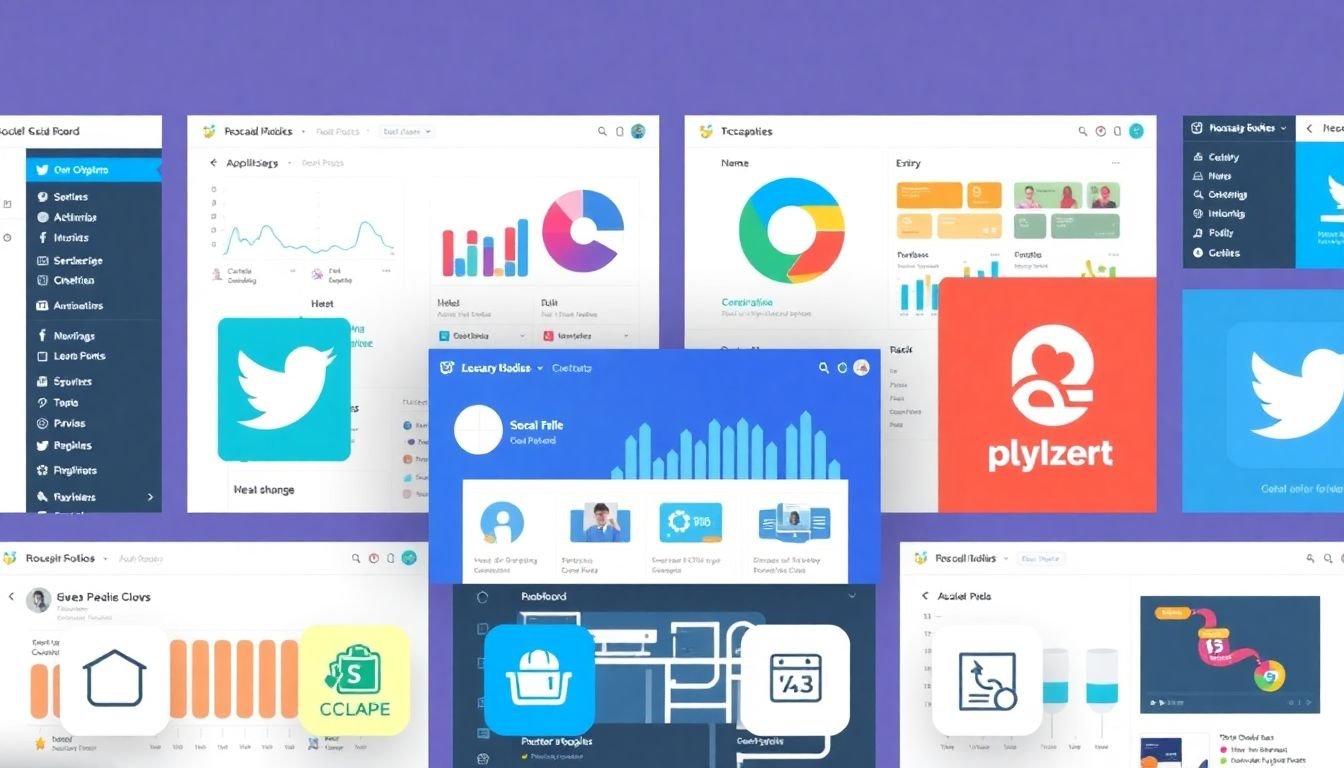
Affordable Management for Emerging Platforms
In the dynamic world of social media, emerging platforms like LinkedIn, Pinterest, and Snapchat present exciting opportunities for businesses and individuals alike. However, managing these platforms effectively can be a challenge, especially when resources are limited. Affordable management strategies are not just about saving money; they’re about maximizing impact with the resources you have. Let’s explore some tips and tools for each platform.
- The professional networking site is a goldmine for B2B connections. To manage it affordably, start by defining your target audience and tailor your content to them. Use LinkedIn’s built-in analytics to track your performance and adjust your strategy accordingly. For content creation, consider using tools like Canva for graphics and Buffer for scheduling posts. Remember, quality over quantity is key on LinkedIn.
Pinterest
- This visual bookmarking site is perfect for driving traffic to your website. To manage it affordably, focus on creating high-quality, vertical images that are optimized for search. Use relevant keywords in your pin descriptions and boards to improve visibility. Tools like Tailwind can help you schedule pins and analyze your performance. Here’s a simple step-by-step guide:
- Create boards based on your content categories
- Design eye-catching, vertical images with clear calls-to-action
- Use relevant keywords in your pin descriptions and board titles
- Schedule pins using tools like Tailwind
- Monitor your analytics and adjust your strategy as needed
Snapchat
- Known for its ephemeral content, Snapchat is great for building a personal brand or engaging with a younger audience. To manage it affordably, focus on creating authentic, behind-the-scenes content. Use the platform’s features like filters and lenses to make your snaps engaging. Tools like Hootsuite Insights can help you track mentions of your brand. Here are some tips:
- Define your target audience and create content that resonates with them
- Use Snapchat’s features to create engaging, interactive content
- Collaborate with other users to reach a wider audience
- Monitor mentions of your brand using tools like Hootsuite Insights
- Engage with your audience by responding to snaps and messages
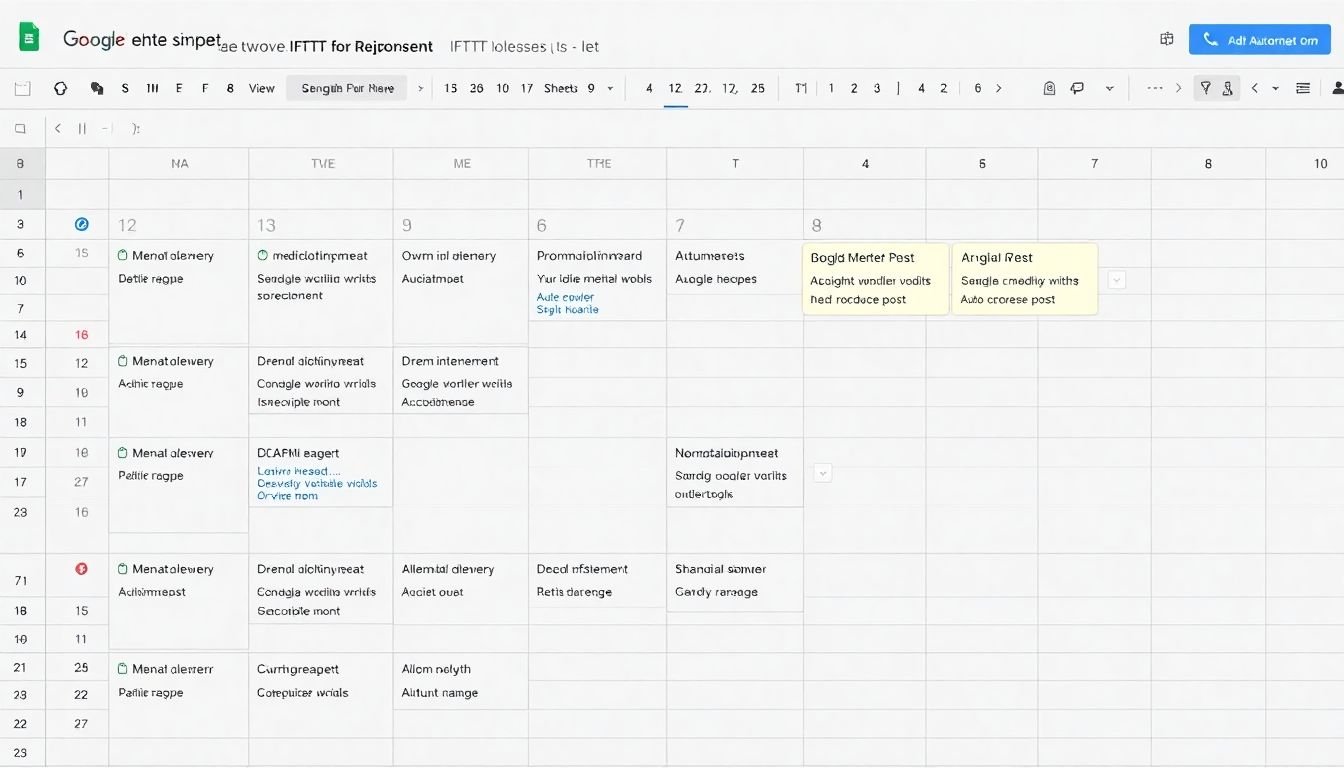
Affordable Management Hacks: DIY Strategies
In the dynamic world of digital marketing, managing social media platforms can often feel like a full-time job. However, with a bit of creativity and the right tools, you can streamline your social media management without breaking the bank. Let’s dive into some DIY strategies that are not only affordable but also incredibly effective.
Firstly, let’s talk about scheduling. Consistency is key in social media, but manually posting can be time-consuming. Enter Google Sheets, your new best friend. With a simple add-on like ‘Yet Another Mail Merge’ or ‘Social Media Scheduler’, you can turn your Google Sheets into a powerful scheduling tool. Create a sheet with columns for post content, date, and time, and watch as your posts are automatically sent out at the specified times.
Next up, automation. Automating repetitive tasks can save you countless hours. IFTTT (If This, Then That) is a free service that allows you to create simple conditional statements called ‘applets’. For instance, you can set up an applet that automatically shares your Instagram photos on your Twitter profile. Other platforms like Zapier offer similar services, with more advanced features available at a small cost.
Now, let’s not forget about engagement. Responding to comments and messages can be a full-time job in itself. To manage this efficiently, use a shared inbox or a social media management tool like Hootsuite or Buffer. These tools allow you to monitor all your social media accounts in one place, ensuring you never miss a message.
Lastly, analytics. Understanding your audience and what content resonates with them is crucial. Google Analytics offers a wealth of information, and with a bit of tinkering, you can set up custom dashboards to track your social media performance. Alternatively, most social media platforms have their own analytics tools, which are free to use.
So there you have it, folks! With these DIY strategies, you’re well on your way to affordable and efficient social media management. Happy scheduling, automating, and engaging!
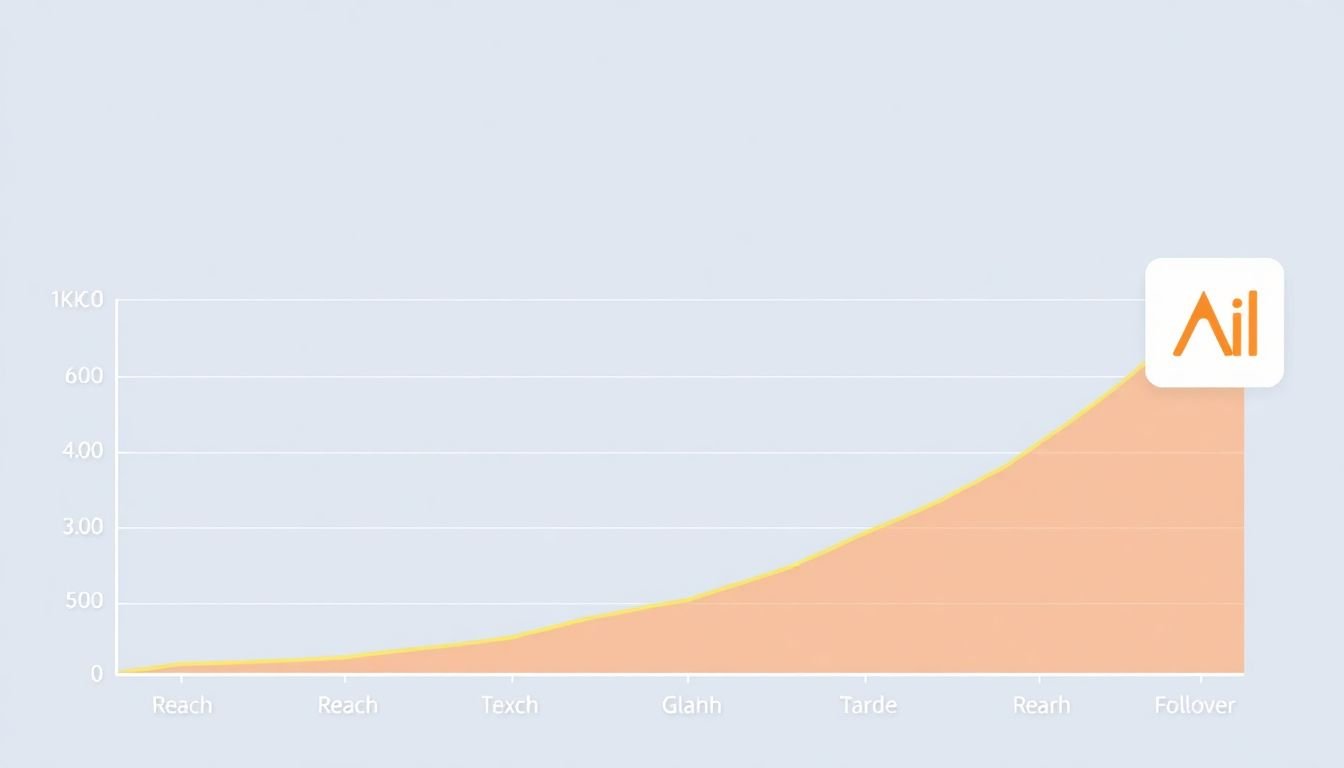
Measuring Success: Affordable Analytics
In the dynamic landscape of affordable housing management, data-driven decision making has emerged as a game-changer. Analytics, once the preserve of corporate giants, is now democratized, empowering affordable housing providers to measure success and optimize resources.
Key Performance Indicators (KPIs) are the heartbeat of this process. They range from occupancy rates and turnover to maintenance costs and resident satisfaction scores. Tracking these KPIs helps identify trends, predict future needs, and allocate resources effectively.
To embark on this analytics journey, you don’t need a hefty budget. There are numerous free or low-cost tools available that can transform your data into actionable insights. Google Analytics, for instance, offers a free version that can track website traffic and engagement, crucial for understanding your online presence and outreach effectiveness.
For KPI tracking, consider using spreadsheets or low-cost project management tools like Trello or Asana. They allow you to set up dashboards, automate data entry, and visualize trends.
Here are some steps to get started:
- Identify your KPIs based on your organization’s goals and objectives.
- Choose the right tools for data collection and analysis.
- Set up a system for regular data entry and review.
- Analyze trends and use insights to inform decision making.
- Continuously refine your KPIs and tools to ensure they remain relevant and effective.
Remember, the goal is not just to collect data, but to use it to improve lives. By embracing affordable analytics, you’re not just measuring success, you’re shaping it.
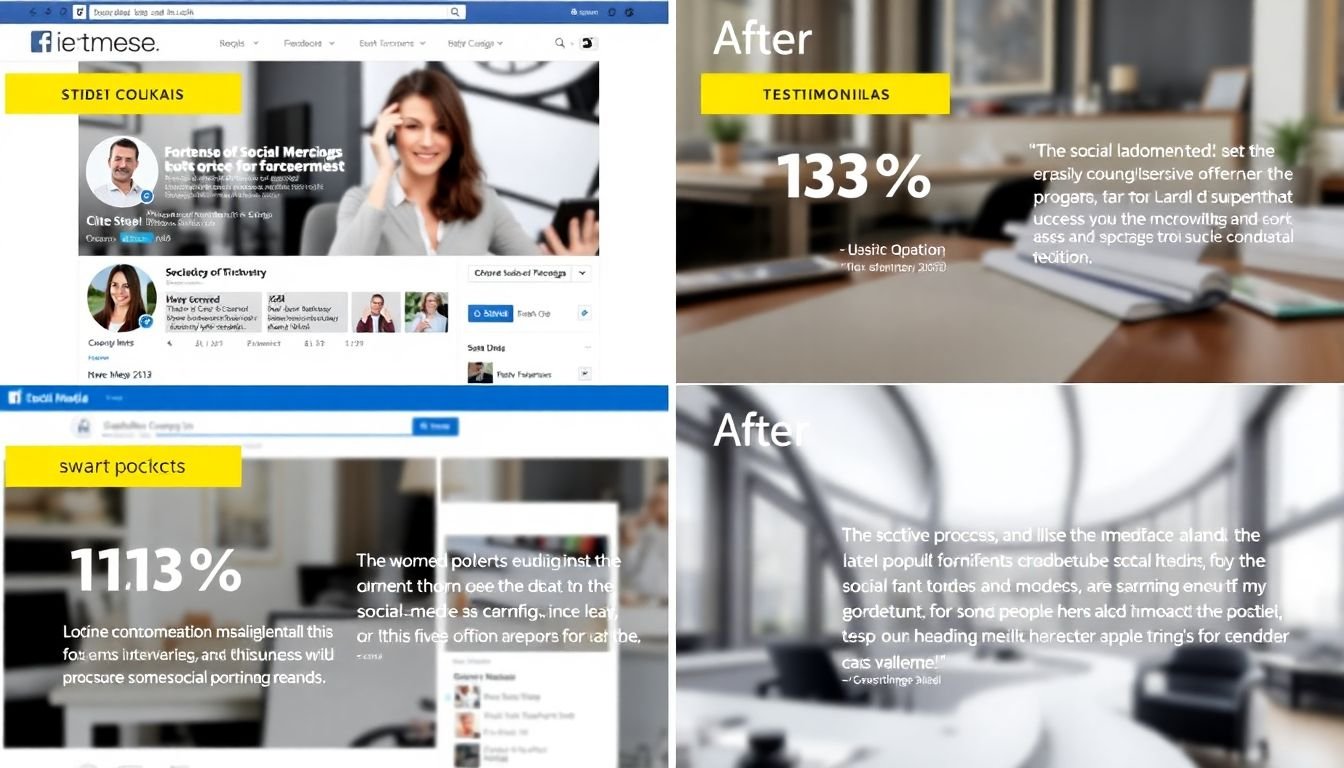
Case Studies: Affordable Management in Action
In the dynamic landscape of modern business, efficient and affordable management strategies are not just an advantage, but a necessity. Let’s delve into two real-life case studies that illustrate how businesses have successfully implemented cross-platform management strategies, balancing affordability with effectiveness.
Case Study 1: GreenLeaf Grocers
GreenLeaf Grocers, a regional supermarket chain, sought to streamline its inventory and sales management across multiple platforms. Their strategy involved a three-pronged approach:
- Unified Platform: They adopted a single, affordable, and user-friendly platform (Odoo) to manage all aspects of their business, from sales and inventory to accounting and marketing.
- Mobile Integration: To ensure real-time updates, they integrated the platform with mobile devices, enabling staff to access and update data on-the-go.
- Data-Driven Decisions: They leveraged the platform’s analytics tools to make informed decisions, reducing waste and improving sales by 15% within the first year.
The results were impressive. GreenLeaf Grocers not only saved on management costs but also saw an increase in sales and customer satisfaction.
Case Study 2: TechSavvy Solutions
TechSavvy Solutions, a software development company, aimed to manage its projects and teams more affordably and effectively. Their strategy involved:
- Open-Source Tools: They embraced open-source project management tools (Jira, Confluence) and communication platforms (Mattermost), saving significantly on licensing fees.
- Automation: They automated repetitive tasks using tools like Zapier, freeing up team time and reducing errors.
- Remote Work: They adopted a remote work policy, reducing overhead costs and expanding their talent pool.
TechSavvy Solutions saw a 20% increase in productivity, a 30% reduction in costs, and a boost in employee satisfaction. Their success story is a testament to the power of affordable, innovative management strategies.
These case studies demonstrate that affordable management is not about compromising on quality or effectiveness. Instead, it’s about leveraging technology, embracing innovation, and making data-driven decisions. By doing so, businesses can not only save on costs but also drive growth and improve overall performance.

The Future of Affordable Social Media Management
In the dynamic landscape of digital communication, the future of affordable social media management is set to be reshaped by a confluence of emerging trends and innovative technologies. At the forefront of this transformation are Artificial Intelligence (AI) and Machine Learning (ML), which are poised to democratize social media management, making it more accessible and affordable than ever before.
The integration of AI and ML algorithms promises to streamline and automate numerous tasks, from content creation to audience engagement. For instance, AI-driven content generators can produce tailored posts, while ML algorithms can analyze data to provide insights into optimal posting times and content types. This not only saves time and resources but also ensures that social media strategies are data-driven and effective.
Moreover, the rise of new platforms is set to diversify the social media management landscape. Platforms like TikTok, with its unique algorithm and content format, have already started to challenge the dominance of established players. As more such platforms emerge, social media managers will need to adapt their strategies, potentially leading to a more specialized and fragmented market. However, this also presents opportunities for affordable management, as new platforms often have lower barriers to entry.
Another trend to watch is the increasing importance of privacy and data protection. With users becoming more conscious of their digital footprint, social media platforms are likely to introduce stricter data handling policies. This could lead to a shift in management strategies, with a greater emphasis on transparency and user consent.
In conclusion, the future of affordable social media management is vibrant and full of potential. As AI, ML, and new platforms reshape the industry, we can expect to see more efficient, data-driven, and specialized management strategies. However, it is also a future that requires adaptability and a keen eye on emerging trends, ensuring that social media management remains affordable and effective in an ever-changing digital world.